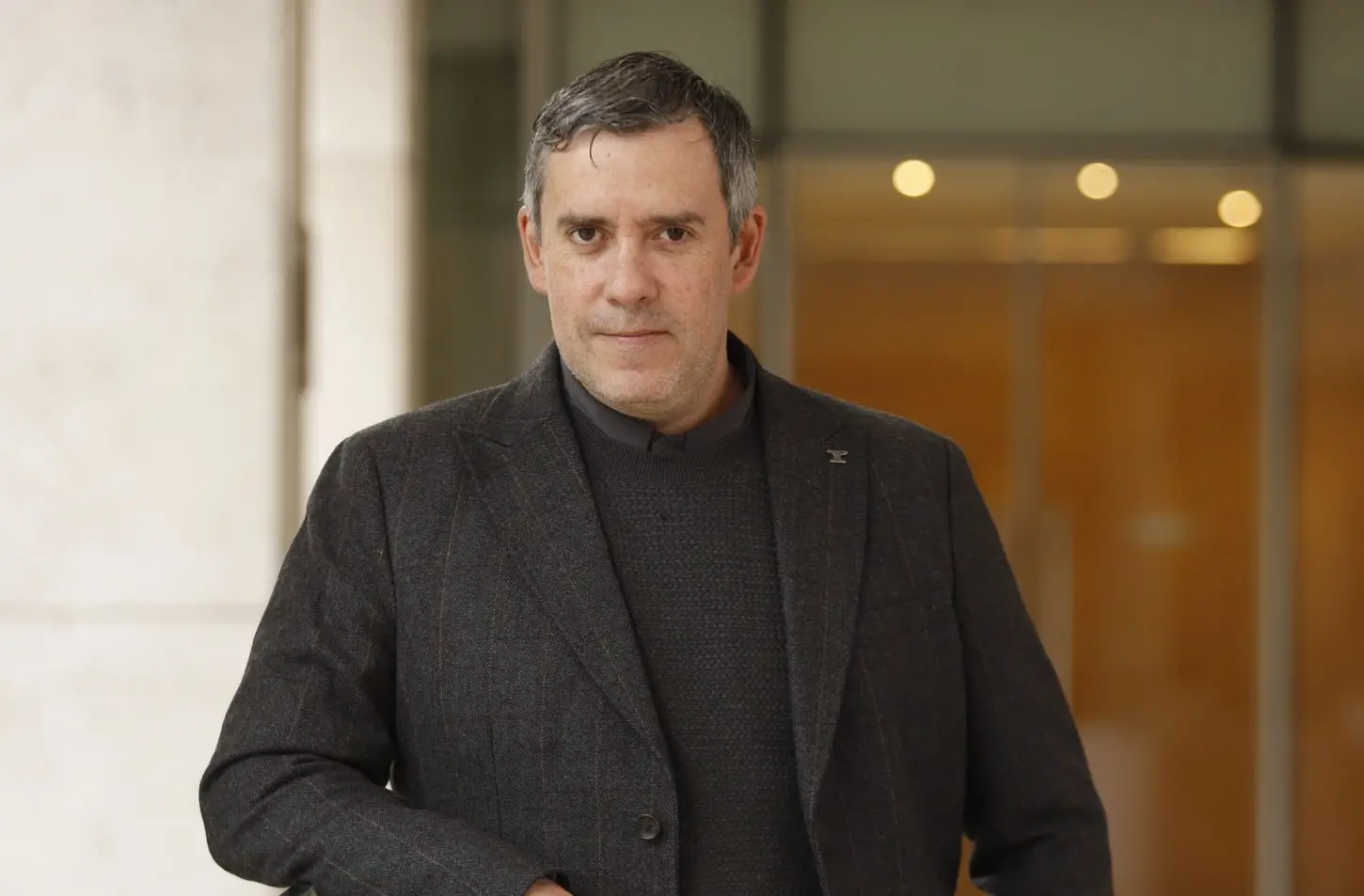Francisco Javier Hernández, an academic from the School of Engineering and Applied Sciences, proposes new techniques to study the seismic response of structures, evaluate local and global damage, and accurately determine the deformation experienced by each structural element.
In a highly seismic country like Chile, it is vital to study the seismic response of structures after earthquakes, in order to assess the damage to buildings and accurately determine the deformation experienced in each structural element. This is the topic being investigated by the acamedic from the School of Engineering and Applied Sciences Francisco Javier Hernández, in his project "Robust Novel System Identification Techniques for Seismic Analysis of Nonlinear Structures."
"We want to study, through new techniques, the local and global damage of the structure in the face of various earthquakes. The methods we are using allow us to determine the response of the structure at unmeasured points and to accurately determine the deformation experienced by each structural element to evaluate its seismic performance, that is, how it behaves in the face of this type of movement," explains Hernández, who is working on this research together with the academic vice dean of the School, Rodrigo Astroza.
The project proposes the use of low-cost RaspberryShake seismic equipment to instrument a building located in Huechuraba (Santiago). This building has 16 floors and is located on a type of soil that favors the occurrence of the double resonance phenomenon. "This means that it is subject to severely amplified seismic demands, an effect that has caused significant damage in modern buildings and bridges located on low-resistance soils. In particular, under certain conditions, the natural period of the soil coincides with the natural period of the structure, generating large seismic amplifications. An example of this phenomenon was the case of the Alto Río building in Concepción, which sustained significant damage in the 2010 earthquake. Double resonance explains the greater damage observed in earthquakes in Chile," the researcher explains.
In Santiago, the area most susceptible to this phenomenon is the northwestern sector, around the Renca hill. "For this reason, it is essential to instrument and study the seismic response of buildings located in these conditions in order to better understand their behavior and improve risk mitigation strategies," says the expert.
This research will have a major impact on society, since it will will allow for the extraction of valuable data on the seismic response of mid-rise buildings subject to higher seismic amplifications in Santiago. "This effect has been recognized in recent years, and there is no complete certainty as to whether seismic standards cover these extreme conditions, especially given that damage to modern structures has been generated under this condition."
The researcher details that he will develop a seismic monitoring system that will reduce the cost of instrumentation to 10% of current levels and will also generate techniques for the identification of structures with great potential, which will allow for obtaining robust and relevant results for engineering. "The proposed new techniques will yield results that are valuable to engineers and that existing methods cannot determine."

